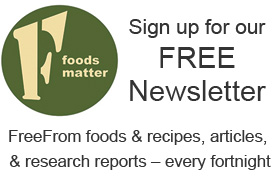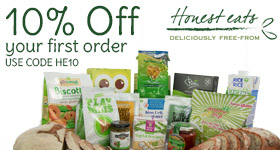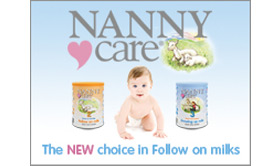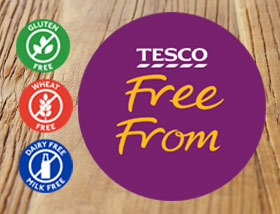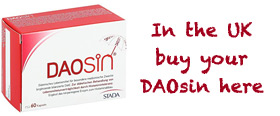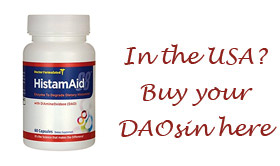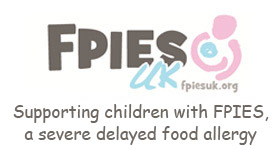|
|
| Infant Formulae for Allergic Babies |
Sarah Merson reviews the conditions that could cause your baby to need a special formula - and what is available. |
|
Millions of pounds are invested each year by the dairy industry to ensure that dairy products represent a major portion of our diet. But, how often do we stop to think where our milk comes from and what or who, it is really meant for? Various studies have shown that infants can recover spontaneously from lactose intolerance: 50% in a year, 75% in two years and 90% in three years. This tendency of lactose intolerance to spontaneous recovery has greatly reinforced scepticism among the medical professions regarding the diagnosis. As a result lactose as the possible cause of a problem is often dismissed. Accurate diagnosis requires a high index of suspicion, asking the right questions and, above all, time to listen. A family and infant feeding history are most important at all ages. Moreover, it’s possible for adults to develop a milk allergy with no childhood history of allergies. Reactions are generally sudden and dramatic and can be triggered by very small amounts of milk. Management of CMA involves avoidance of milk proteins, and includes either breast milk for babies or hypoallergenic formulae based on hydrolysed protein for both babies and adults. In children, TFI may be associated with an eosinophilic gastrointestinal disorder (EGID). Management of this disorder relies on special medical feeds and alternative methods of feeding and expertise in treating TFI is inevitably extremely limited. Breast is best... Partial hydrolysates Elemental feeds – what are they, who uses them, and what are their roles? Elemental feeds are primarily designed to be free from the substance in food that provokes allergic and intolerance reactions. At present elemental formulae are used only in rare cases where all other elimination diets have failed to resolve symptoms, but the
suspicion of an allergic aetiology causing illness remains high. Elemental feeds contain proteins that are broken down entirely into amino acids, and mixed with macro and micronutrients, vitamins, minerals and calories.
What about Goat’s Milk? Although many people who are sensitive to cow’s milk, opt for soya milk as the first alternative, around 30% of cow’s milk intolerant/allergic babies also react to soya milk. In this case, either a hydrolysed formula or a goat’s milk formula may be more agreeable. These goat’s milk products are based on the milk of free-range, pasture-fed New Zealand goats, raised without the use of stimulants, hormones, or growth enhancing drugs. First published in 2007
Click here for more articles on the management of cow's milk allergy Click here for more articles on infant and child health
|

